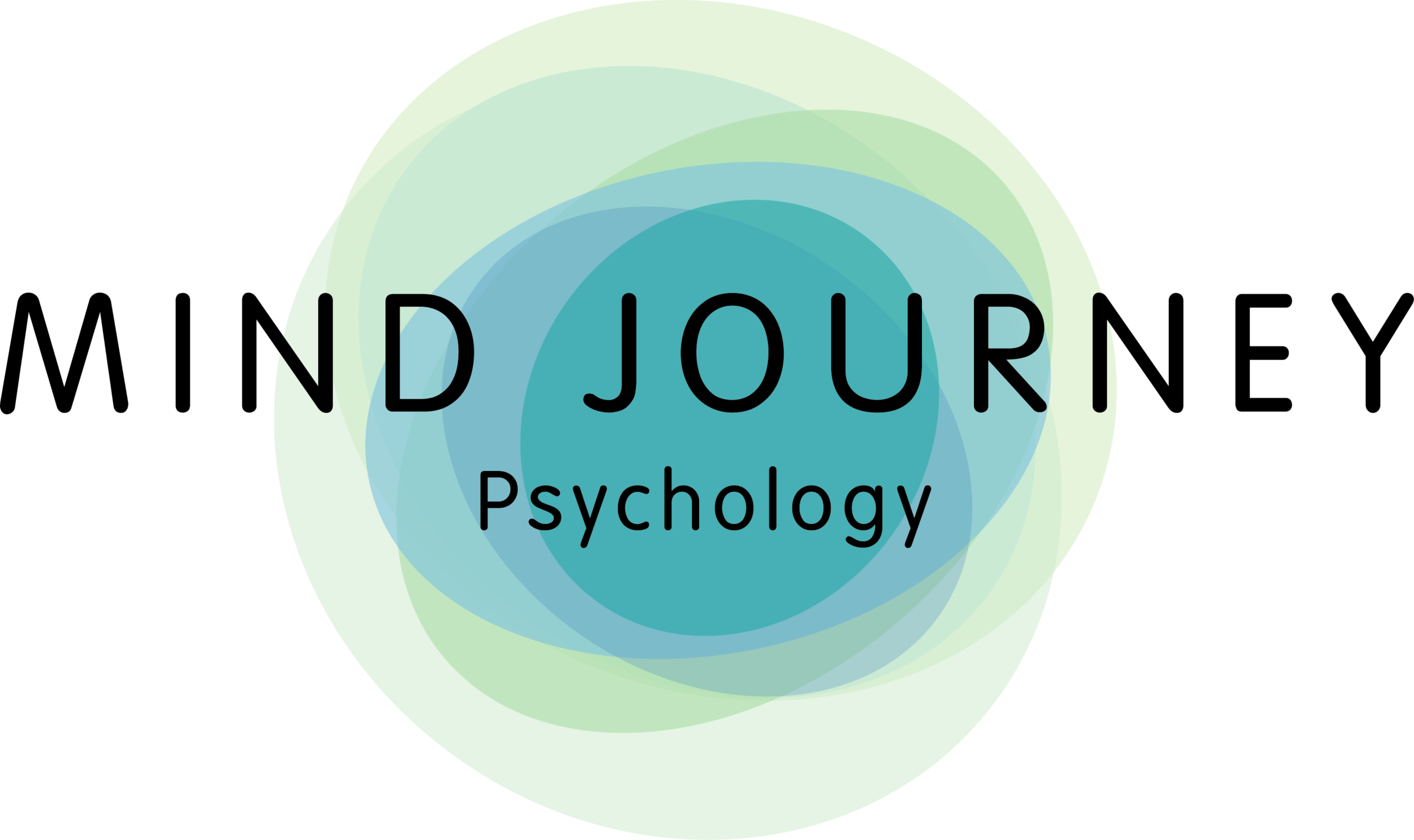Yoga as a therapeutic tool for trauma and grief
I have been interested in yoga since my late teens and continue to practice it daily. I was drawn to it to help with stress reduction, relaxation and to quiet my mind.
Yoga means to yoke or join. Body to mind, mind to consciousness. Individual consciousness with universal consciousness. Yoga can involve breathwork, asanas (body postures), mantras via chanting, mudras (hand and finger positions) and eye gaze.
The goals of yoga are similar to therapy: self-acceptance, self-awareness, self-regulation and self-efficacy. There is evidence that yoga can assist with trauma and grief.
It can help with trauma by releasing chronic tension, cultivating an observing mind, helping people to feel safe in their bodies and safe in the world.
There is evidence that yoga can reduce the stress response as it improves mind/body awareness by helping people to notice their bodies and breath which in turn strengthens emotional regulation. It can help people who have experienced trauma to find ways of feeling safe both in their bodies and in the world as a whole.
Research suggests that yoga may be useful in managing the intense emotions that often accompany grief. Yoga can be a helpful tool in this process as the movement can help to shift emotions and support the process of grieving. The response to coping with a loss can lead to tension being held in the body and can cause physical responses like headaches, insomnia, digestive issues, brain fog and anxiety.
Yoga helps to stimulate the production of endorphins which are natural mood enhancers that we need when we are struggling with a loss. Physical movement can be a distraction from the pain and sadness of grief, while also helping to improve relaxation and sleep quality.
Yoga also offers a safe and supportive space to process emotions. It’s not uncommon to experience a release of emotions while practising yoga. The practice of yoga encourages us to be present with whatever is arising in the moment, whether it is physical sensations, emotions or thoughts and it can help with letting go. By learning to stay present with our experience, we can begin to develop a greater sense of self-awareness and self-compassion.
In addition to the physical practice of yoga, meditation and pranayama (breathing) techniques can also be helpful in supporting the grieving process. Meditation allows us to observe our thoughts and emotions without judgement, which can help to create a sense of spaciousness and perspective. Pranayama techniques, such as deep breathing and alternate nostril breathing, can help to regulate the nervous system and calm the mind.
Yoga offers a holistic approach to healing that can help connect the mind, body and spirit. It offers an opportunity to help manage difficult emotions, thoughts and bodily sensations associated with trauma and grief.

